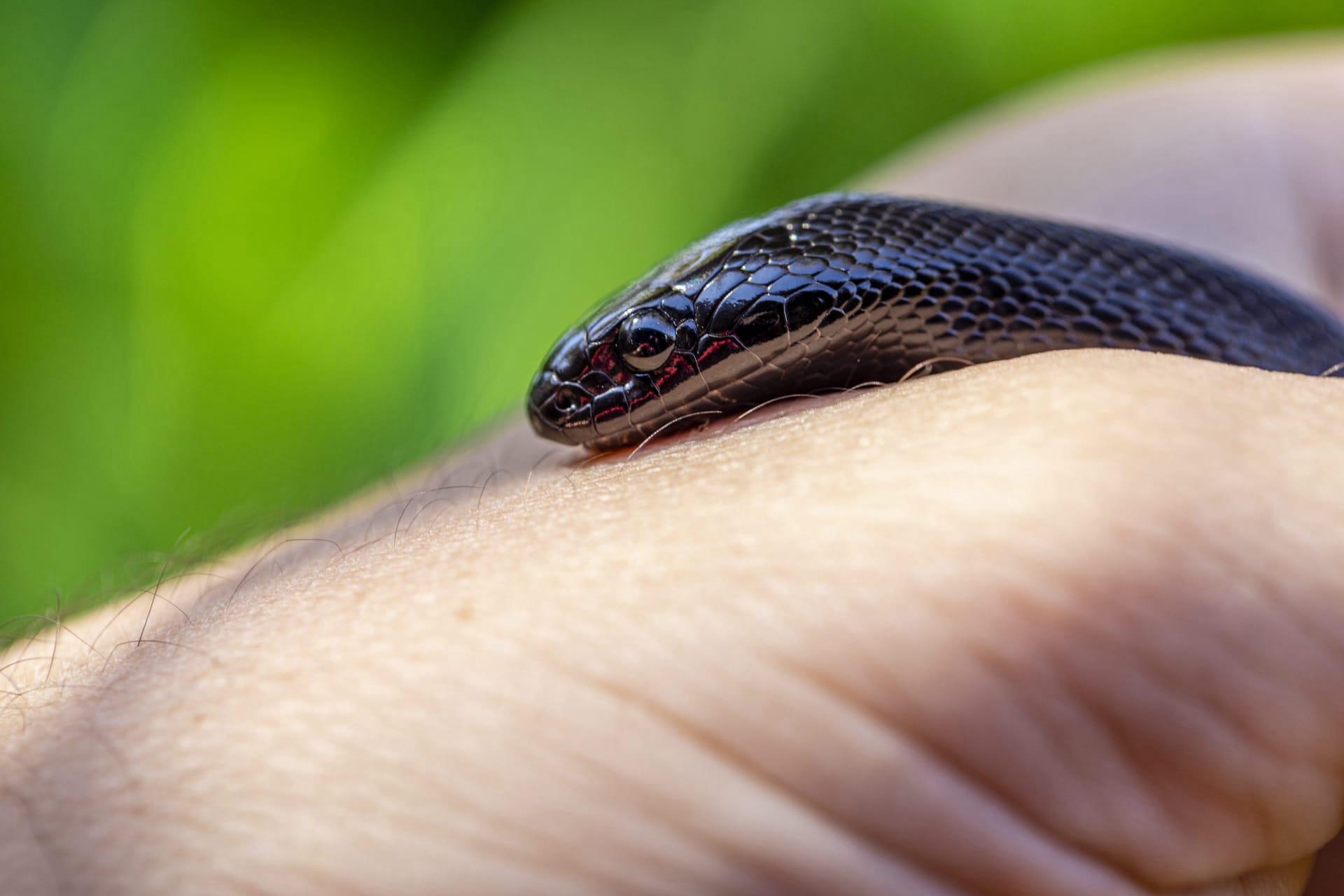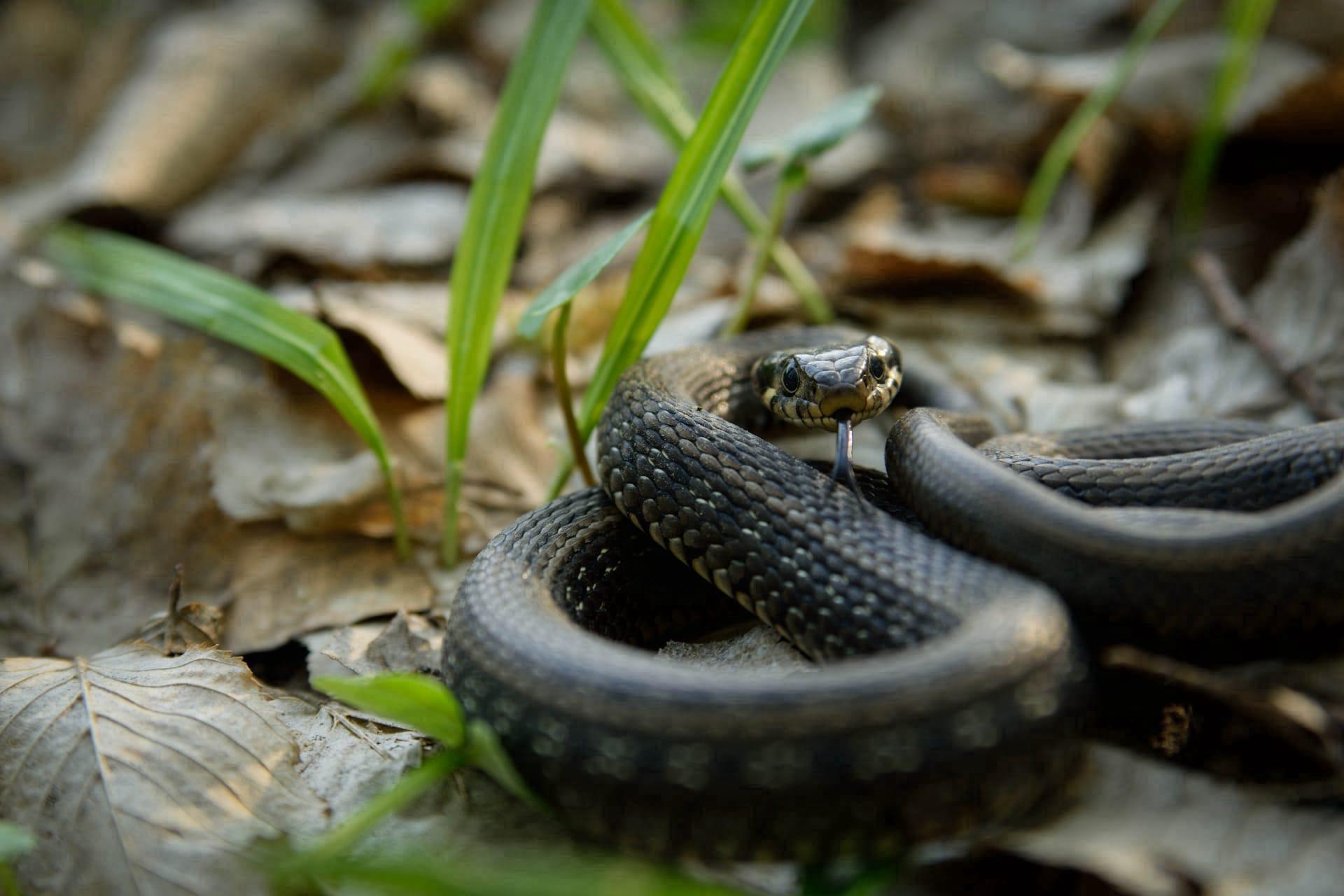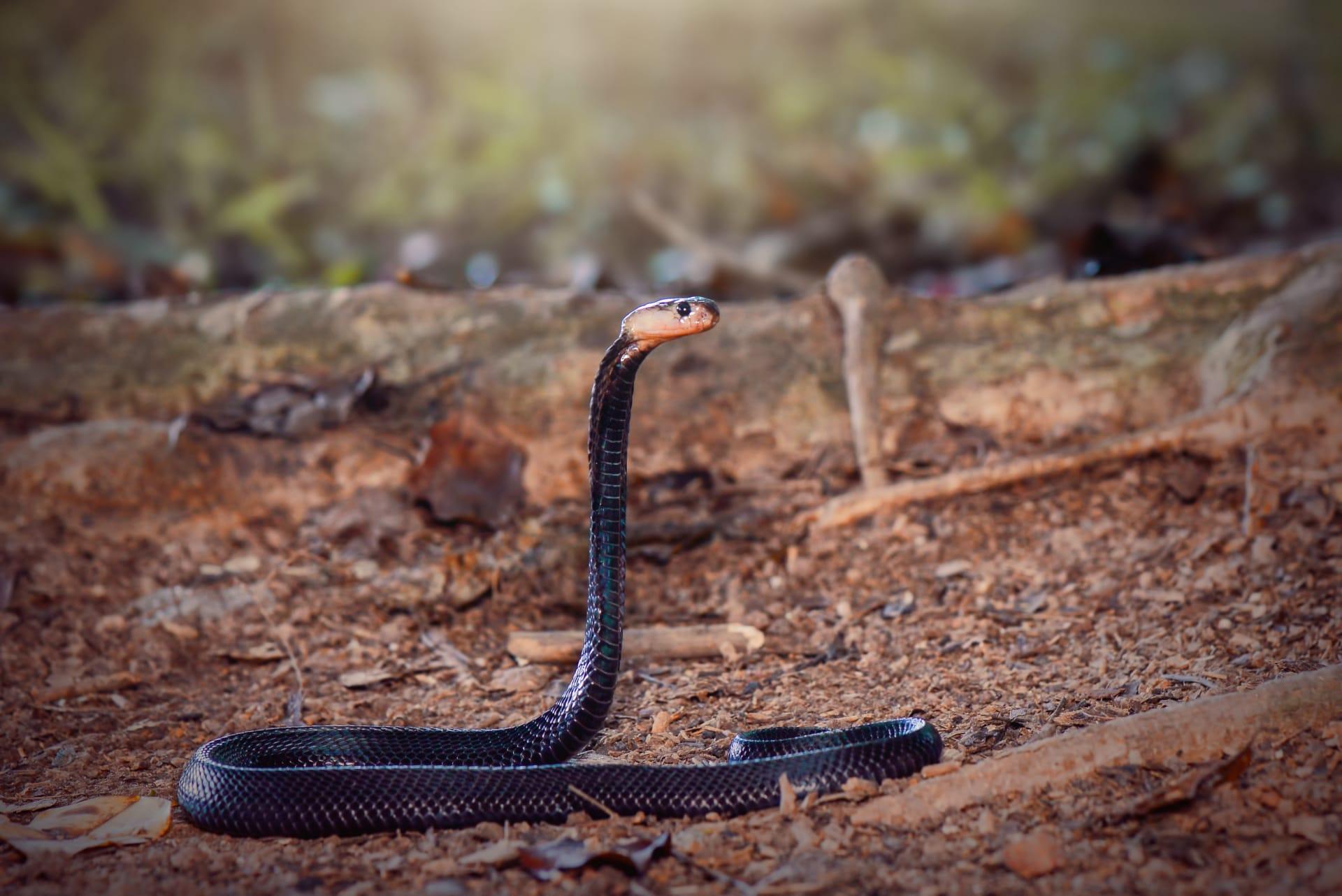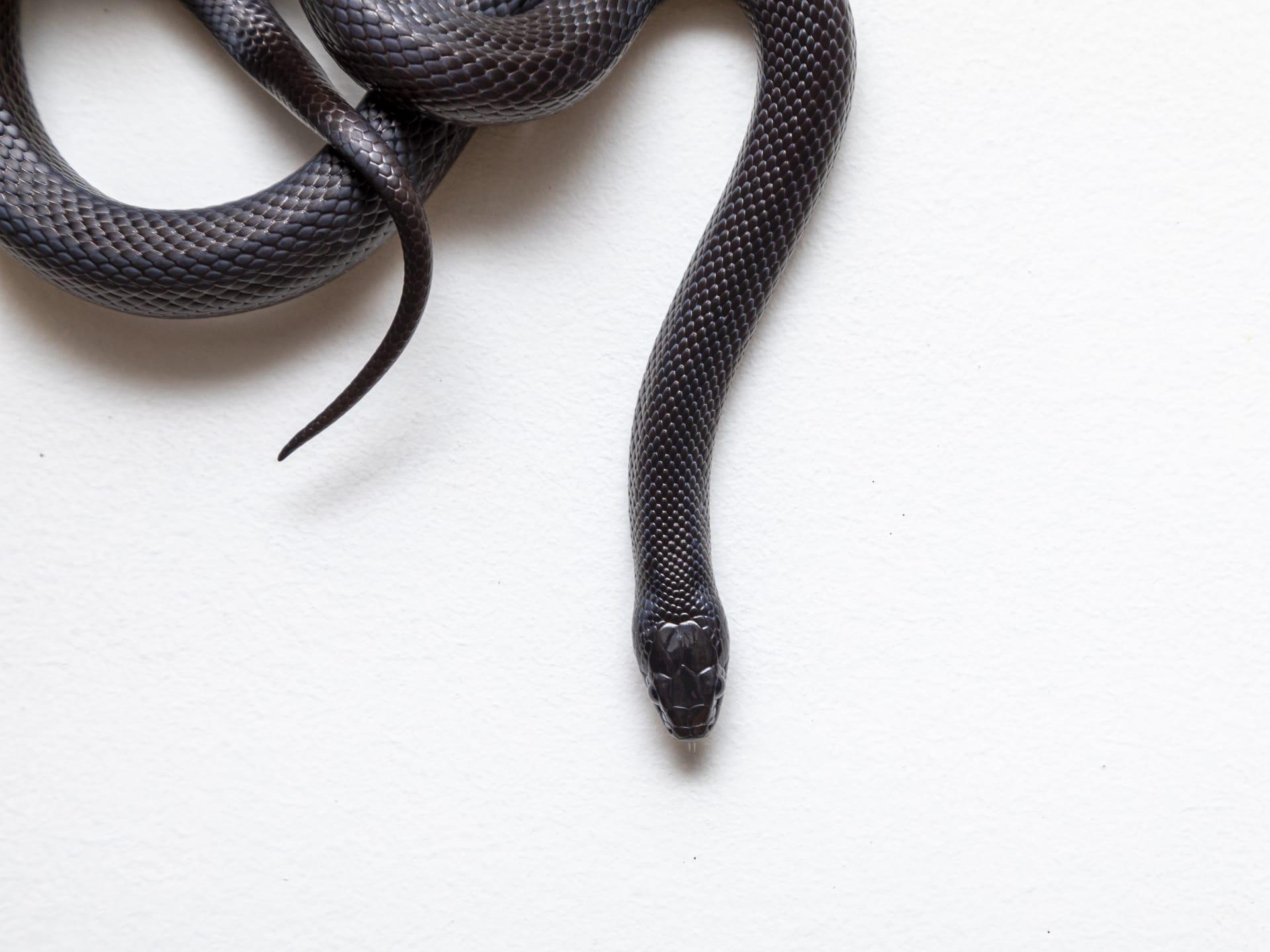Black Snake Characteristics
- Home /
- Mini Encyclopedia /
- Animal /
- Black Snake Characteristics
1
Black snakes, a group of non-venomous serpents found predominantly in the United States, exhibit a fascinating array of physiological features. Notably, they possess a sleek, muscular body, typically measuring between 4 to 6 feet in length. The longest recorded black snake stretched an impressive 8 feet. These reptiles are known for their remarkable longevity, often living up to 20 years in the wild, and even longer in captivity, with some reaching ages over 30 years.
The most intriguing organ of a black snake is undoubtedly its forked tongue. This unique structure functions as a highly sensitive organ for detecting chemical cues in the environment. When flicked in and out, the tongue gathers airborne particles. Upon retracting, the tongue touches the Jacobson's organ, located in the roof of the snake's mouth, transferring these particles for analysis. This process allows the black snake to essentially "taste" the air, aiding in navigation, hunting, and identifying other snakes.

2
Question: "Are black snakes dangerous to humans?"
Answer: Black snakes are often perceived as dangerous due to their size and coloration, which can be intimidating. However, they are non-venomous and generally not aggressive towards humans. When threatened, black snakes are more likely to flee or perform a defensive display, rather than attack. Their diet primarily consists of rodents, birds, and eggs, making them beneficial for controlling pest populations. Bites from black snakes are rare and typically occur only when they are provoked or handled improperly. In the event of a bite, medical attention should be sought, but the risk of serious injury or death is extremely low.

3
Movement is a key aspect of the black snake's behavior. These snakes are excellent climbers and can be found scaling trees, walls, and even rocky terrain with ease. Their flexible, muscular bodies enable them to move swiftly and silently, making them adept at surprising their prey. Black snakes can reach speeds of up to 3 to 4 miles per hour on the ground, a testament to their agility and strength.
Regarding their feeding habits, black snakes exhibit fascinating predatory skills. They primarily employ constriction as their hunting method. Once they locate their prey, typically small mammals or birds, they strike swiftly, grabbing it with their teeth. The snake then coils its body around the prey, exerting pressure until the prey succumbs. Remarkably, black snakes have been observed to adjust their constriction strength based on the size and resistance of their prey, showcasing their adaptability as predators.

4
Black snakes thrive in a variety of environments, ranging from woodlands and forests to farmlands and even suburban areas. They prefer habitats that offer ample hiding spots and basking areas, such as rock piles, logs, and dense vegetation. These serpents are also known to inhabit abandoned buildings or barns, where they can easily find prey like rodents. Their ability to adapt to different environments is a key factor in their widespread distribution across North America.
In terms of reproduction, black snakes are oviparous, meaning they lay eggs. Mating occurs in the spring, and by early to mid-summer, the female lays a clutch of approximately 10 to 30 eggs. The eggs are typically hidden in warm, moist areas like rotting logs or compost heaps, providing an ideal incubation environment. The young snakes, which are independent from birth, emerge after about two to three months. These juveniles are miniature versions of the adults, fully equipped with the skills needed for survival.

5
Book: "Black Snakes: Biology and Behavior" by Richard A. Seigel, published in the United States in 1998. This comprehensive book delves into the fascinating world of black snakes, exploring their physiology, habitat, behavior, and ecological impact. Seigel, a renowned herpetologist, presents detailed research findings in an accessible manner, making this book a valuable resource for both scientists and general readers interested in herpetology.
Book: "Serpents in the Garden: The Secret Lives of Black Snakes" by Emily Green, published in Canada in 2005. Green's captivating narrative combines scientific information with personal observations, offering an intimate look at the life cycle, hunting strategies, and social behavior of black snakes. The book is particularly notable for its focus on the interaction between black snakes and human environments, providing insights into how these creatures adapt to changing landscapes.